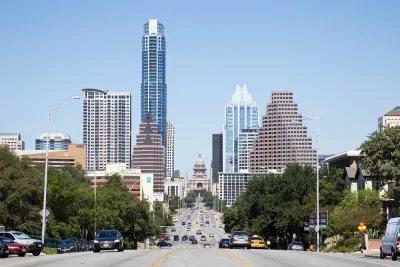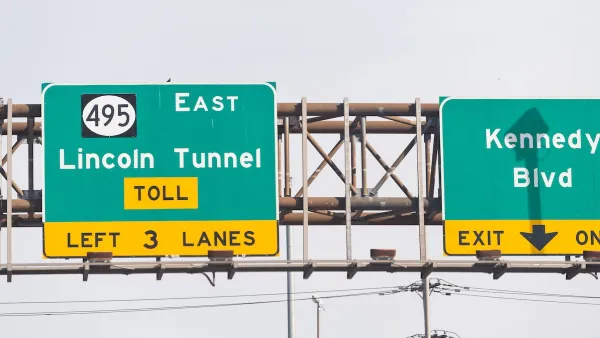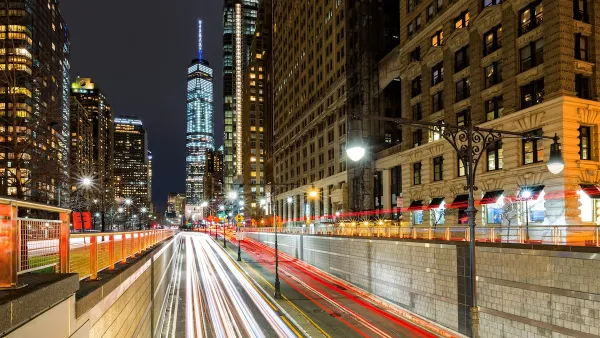A local blogger takes umbrage with claims that Austin's density is causing its traffic problems. The obvious problem with that argument: Austin is 68% as dense now as it was in 1950.

A post by Carrie Gammell at Car Free Austin argues against the idea that Austin's traffic problems are created by density alone: "While it may appear that our present-day city is more crowded and the traffic less manageable, that feeling of encroachment is most certainly due not to an increase in people but to an increase in cars, an increase in asphalt."
In a key passage, Gammell cites both the prevailing rhetoric about traffic in Austin, as well as the inherent irrationality of such arguments:
It seems that local media outlets constantly bemoan the statistic that 110 people move to Austin on an average day. Tall buildings, skyscrapers, 10-to-50-story buildings full of people are presumably to blame. Meanwhile, the city is still not as dense as it was in 1950, 1960, 1970, or 1980.
In fact, 2015 Austin is only 68% as dense as 1950 Austin.
The post offers a lot more detail about the city's planning and transportation decisions of the late-20th century and a collection of historic aerial photos.
Hat tip to Angie Schmitt at Streetsblog USA for finding and sharing the post.
FULL STORY: Density Does Not Cause Traffic

National Parks Layoffs Will Cause Communities to Lose Billions
Thousands of essential park workers were laid off this week, just before the busy spring break season.

Retro-silient?: America’s First “Eco-burb,” The Woodlands Turns 50
A master-planned community north of Houston offers lessons on green infrastructure and resilient design, but falls short of its founder’s lofty affordability and walkability goals.

Delivering for America Plan Will Downgrade Mail Service in at Least 49.5 Percent of Zip Codes
Republican and Democrat lawmakers criticize the plan for its disproportionate negative impact on rural communities.

Test News Post 1
This is a summary

Test News Headline 46
Test for the image on the front page.

Balancing Bombs and Butterflies: How the National Guard Protects a Rare Species
The National Guard at Fort Indiantown Gap uses GIS technology and land management strategies to balance military training with conservation efforts, ensuring the survival of the rare eastern regal fritillary butterfly.
Urban Design for Planners 1: Software Tools
This six-course series explores essential urban design concepts using open source software and equips planners with the tools they need to participate fully in the urban design process.
Planning for Universal Design
Learn the tools for implementing Universal Design in planning regulations.
EMC Planning Group, Inc.
Planetizen
Planetizen
Mpact (formerly Rail~Volution)
Great Falls Development Authority, Inc.
HUDs Office of Policy Development and Research
NYU Wagner Graduate School of Public Service





























